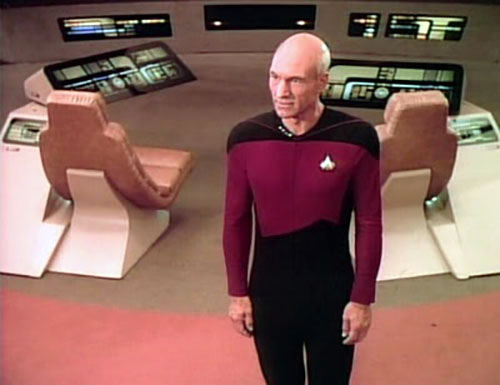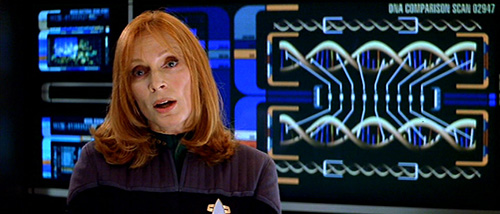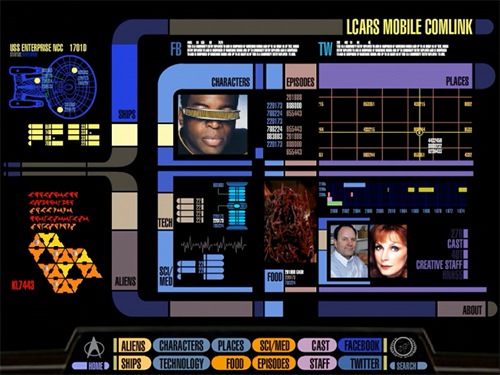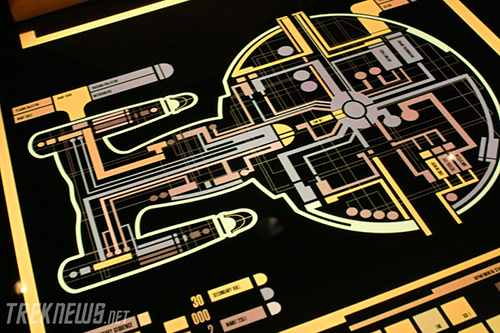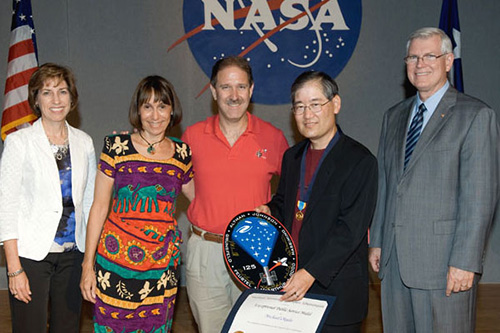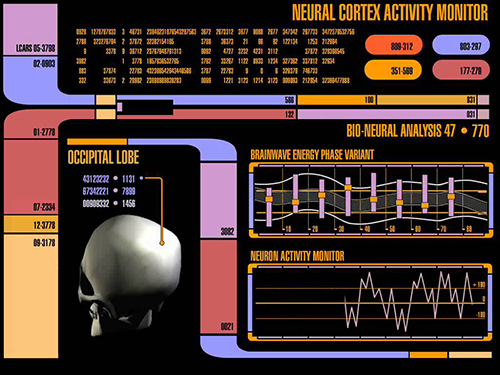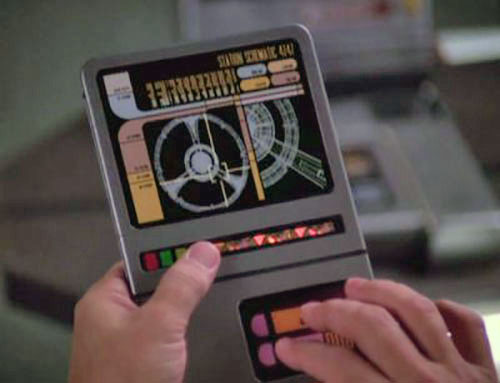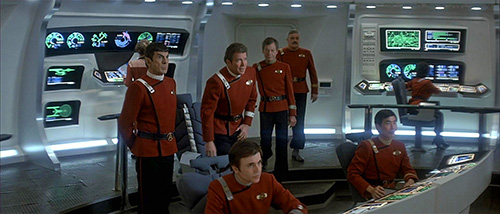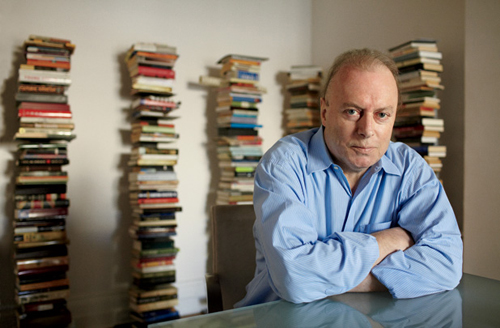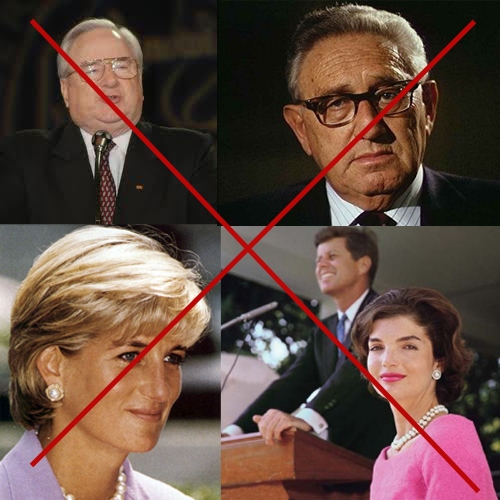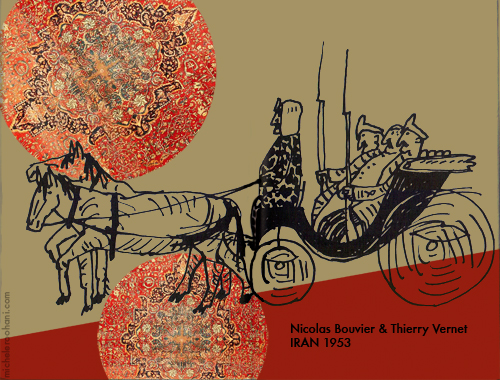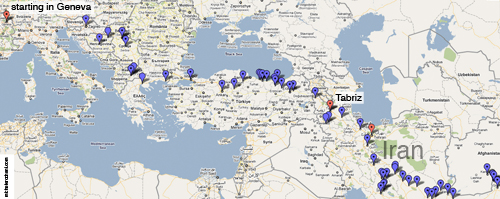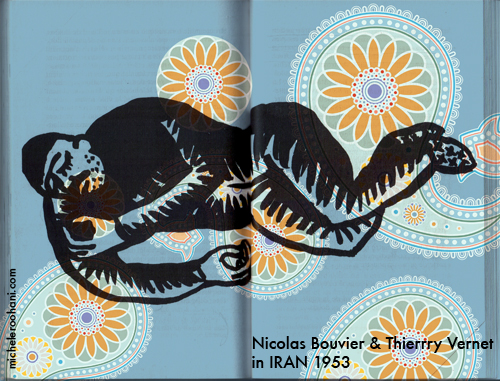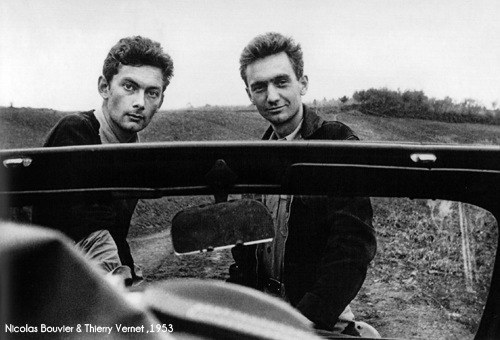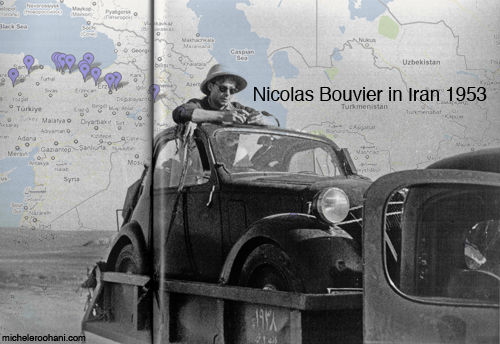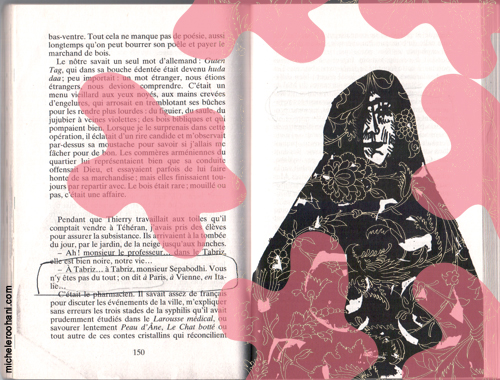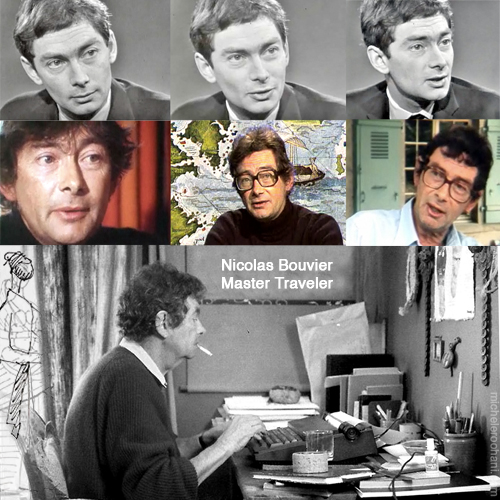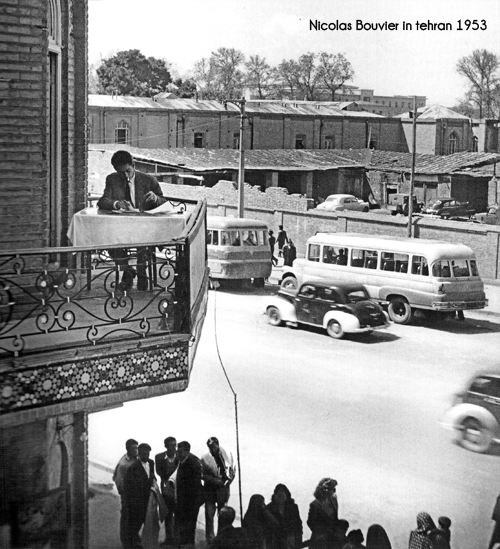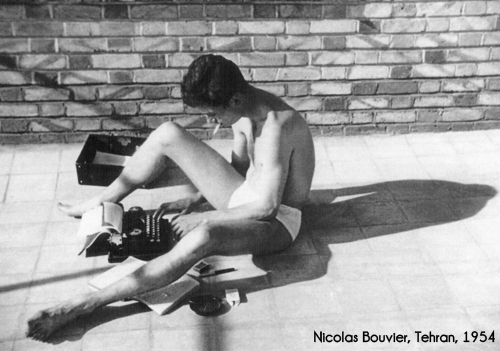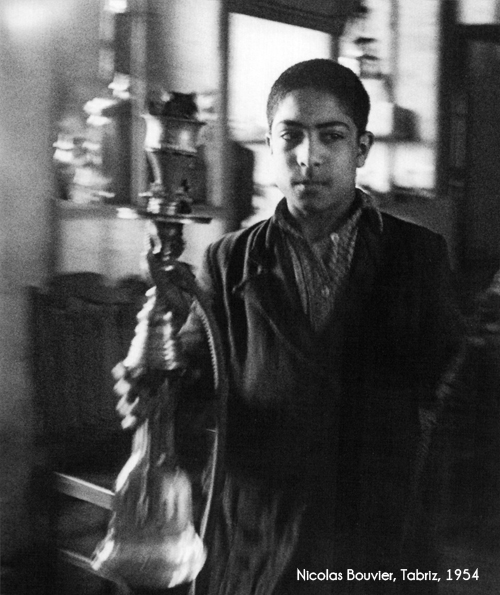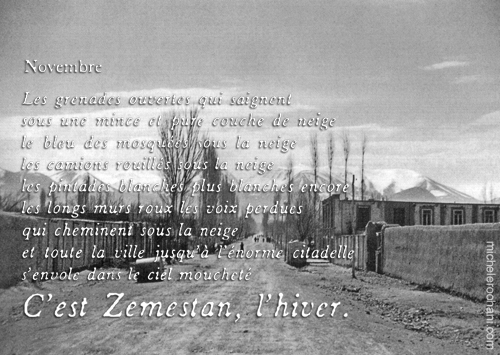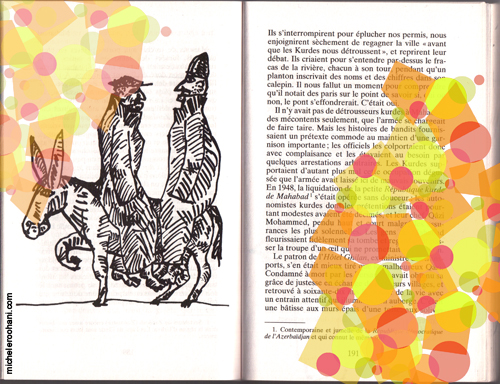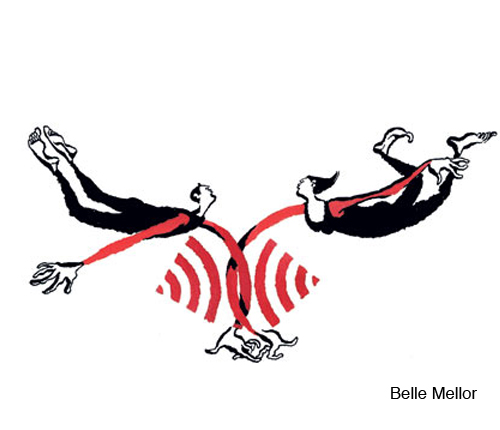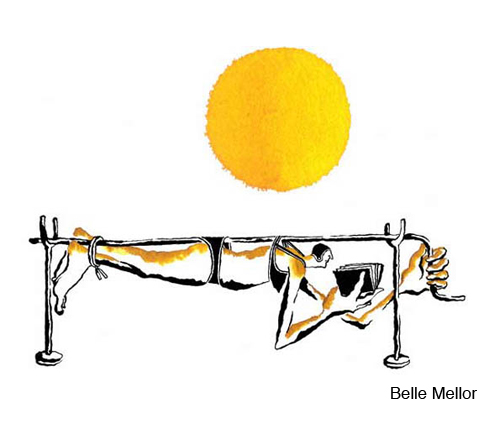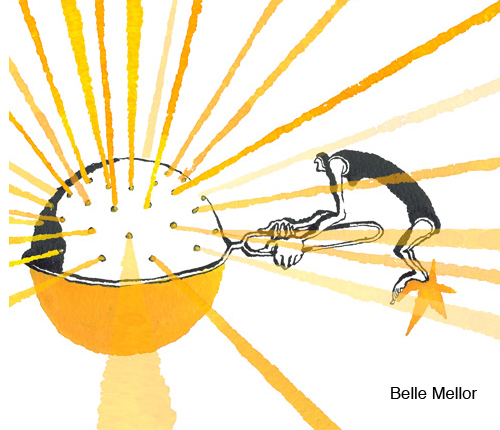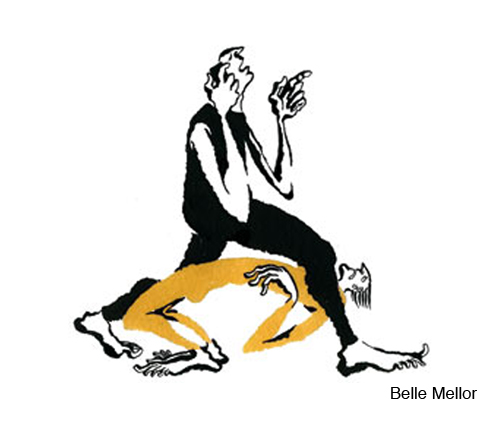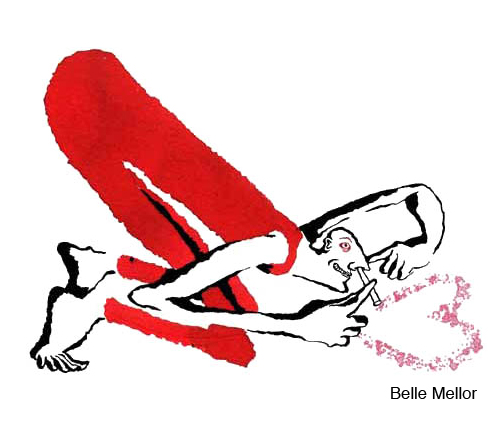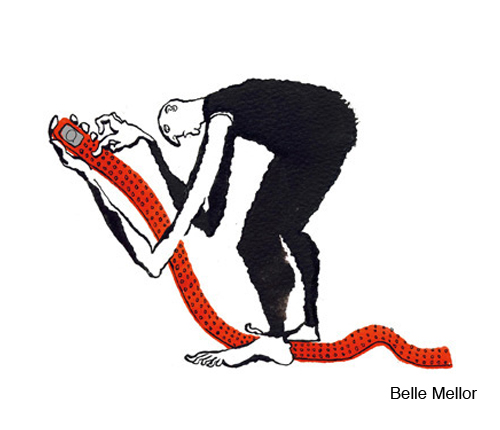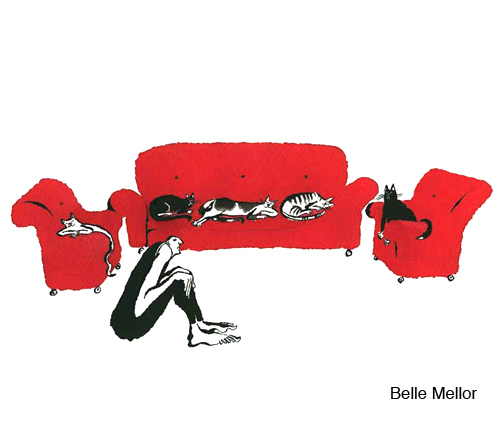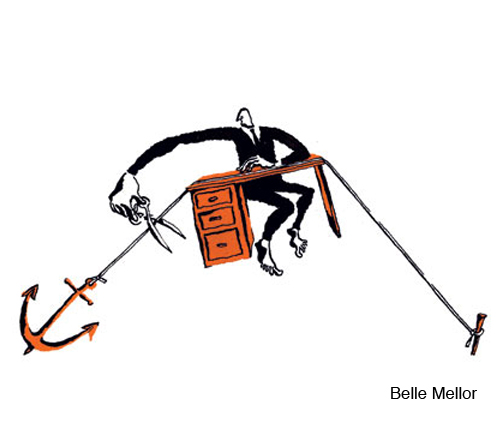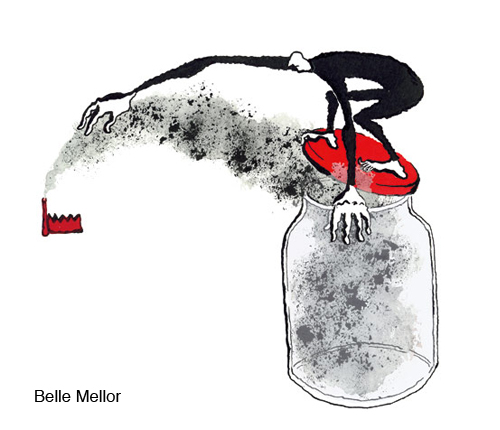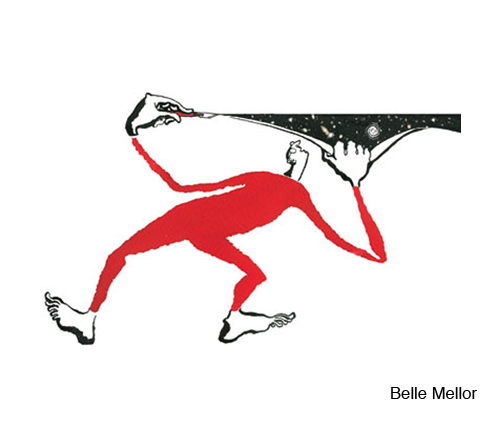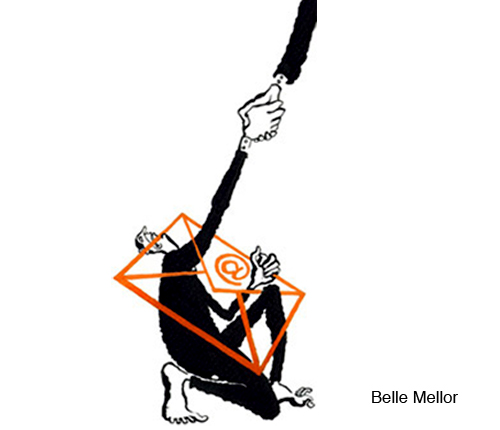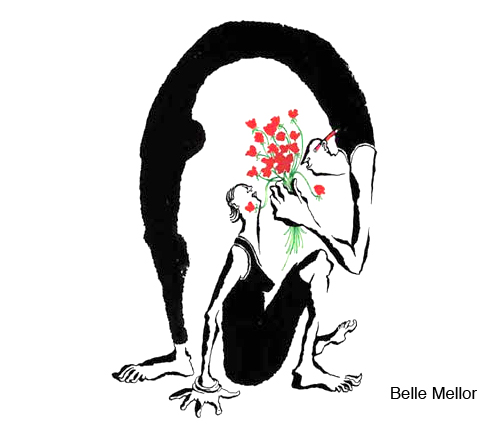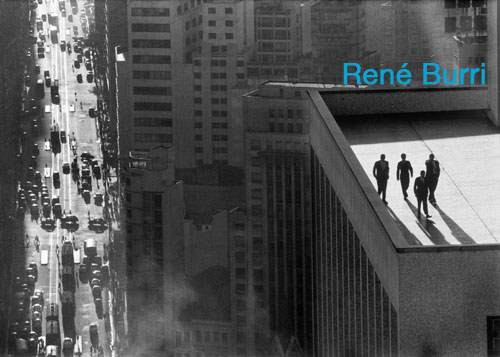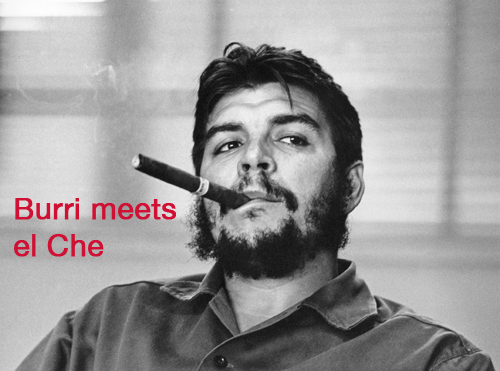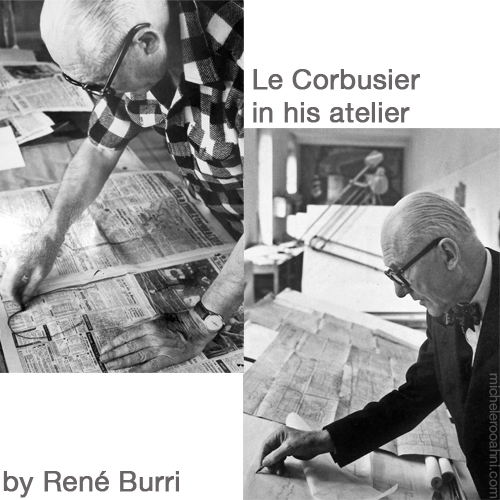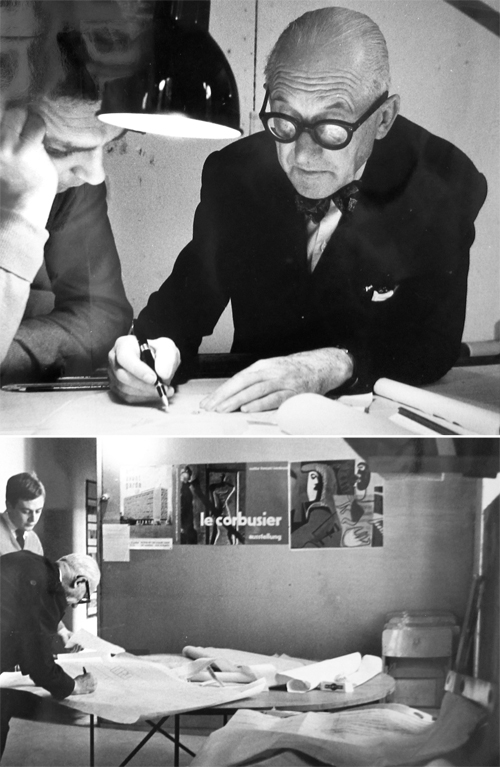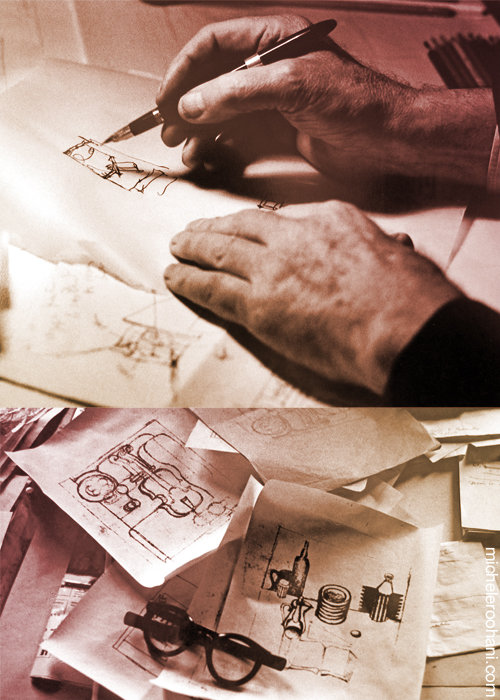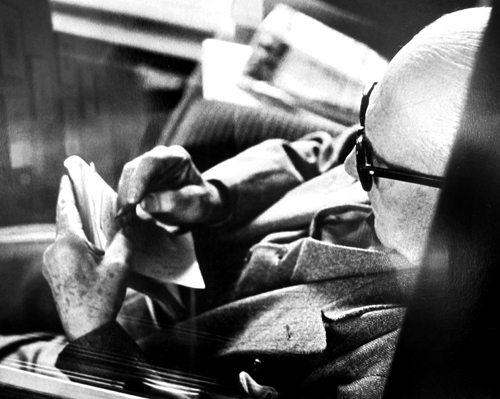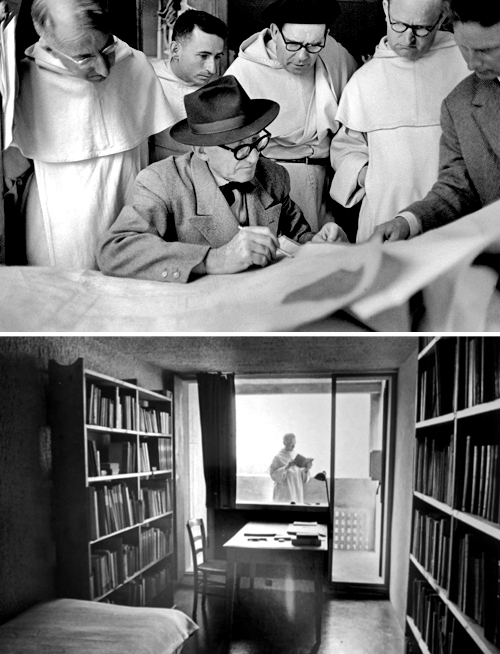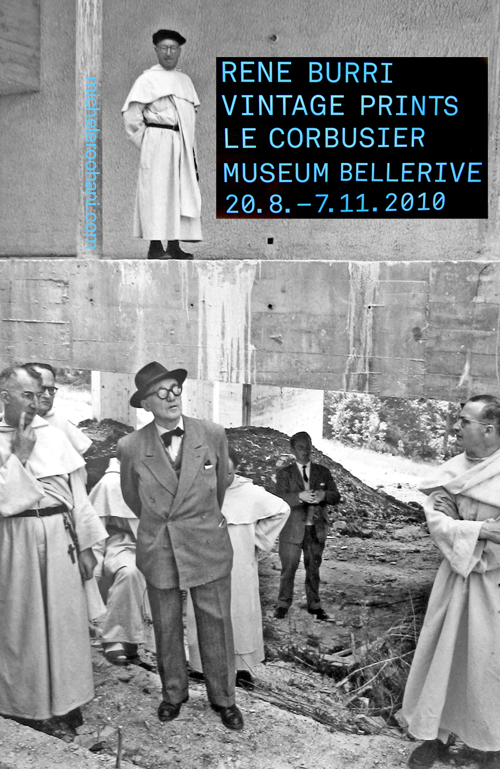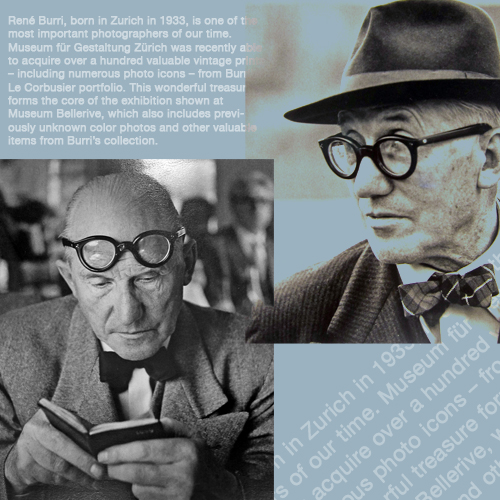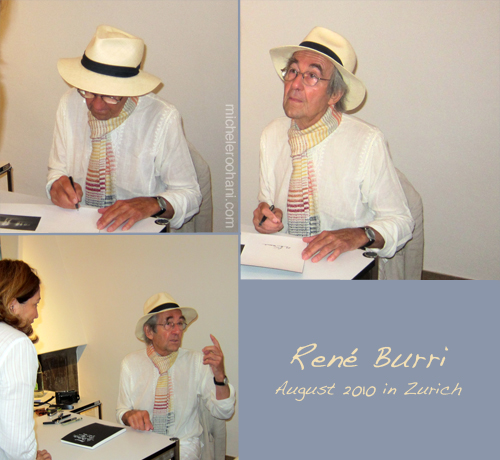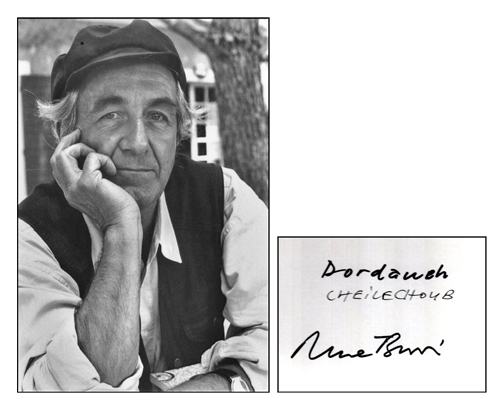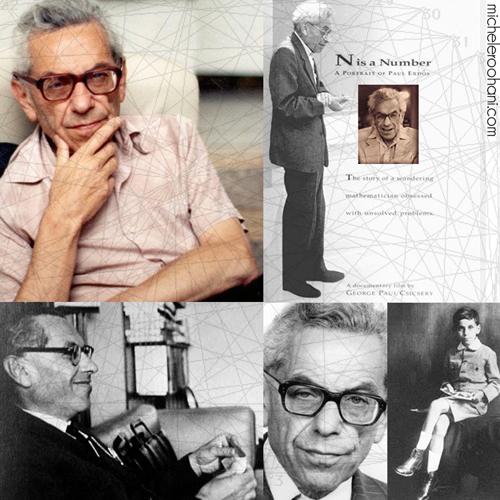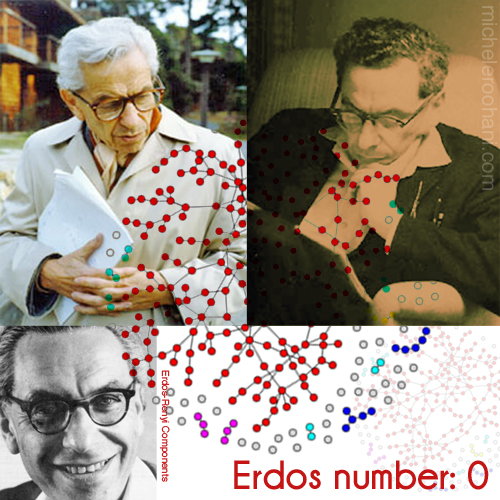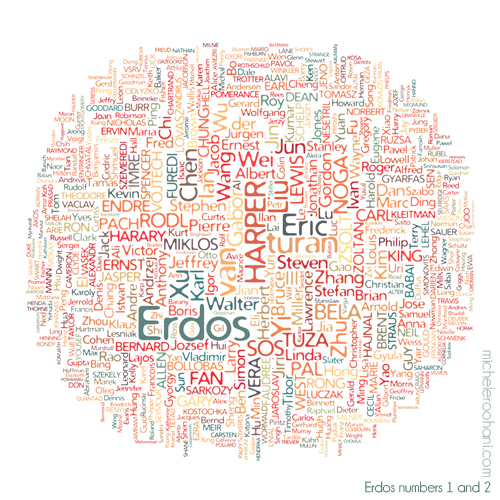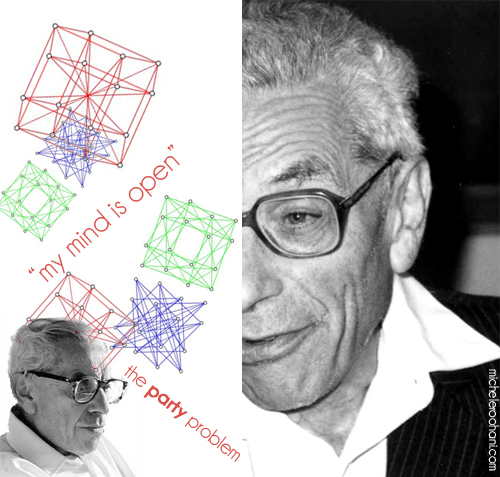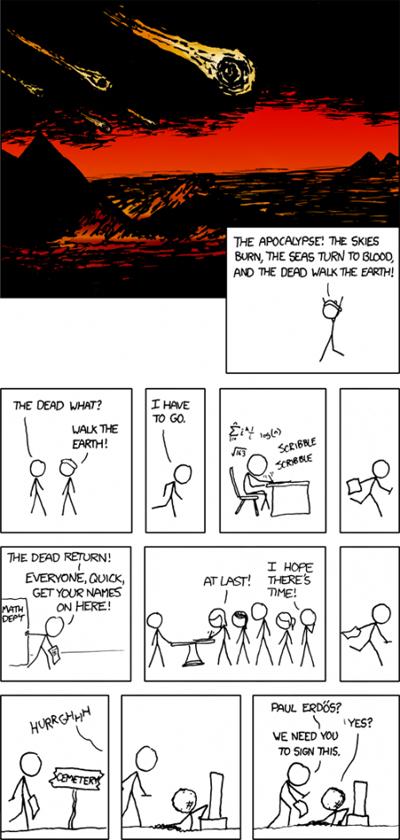Michael Okuda is a graphic designer responsible for the gorgeous interfaces you see in Star Trek films.
Being a Trekkie since I was watching the series in Iran as a child and later an avid fan of the Next Generation, my design sensibilities have been shaped subconsciously by Okuda:
I am a User Experience designer and create interfaces every day but Michael Okuda keeps creeping back to the simplest flow chart I make!
The whole beauty of Star Trek bridge was thanks to these otherworldly interfaces we have been exposed to; Jean-Luc Picard added the spice. 😉
You would see commander Ryker interact with LCARS (Library Computer Access/Retrieval System) more often than Picard:
Here is the holodeck interface where you can choose between scuba diving or a conversation with Einstein:
Okudagrams came in different colors and shapes but always intriguing and in the time when you couldn’t stop the film to absorbe the image, I was always pissed at not getting enough of these ephemeral beauties!
Here is another one:
and the good doctor in front of the DNA comparison scan:
Long before Tom Cruise bedazzled us in Minority Report and the impractical but exquisite 3D interfaces he reacted with, Star Trek introduced us to what could be done and now is being done and used by millions:
They even had an LCARS mobile!
All of these images are not from Okuda of course; many have been created as an homage to ST and Okuda by fans.
U.S.S. Enterprise in all its glory:
Okuda designed logos for a number of NASA missions and programs including the STS-125 mission of Space Shuttle Atlantis to repair the Hubble Space Telescope. NASA has always been more of a fan of Star Trek than Star Wars!
So Okuda received the NASA Exceptional Public Service Medal.
Again different variations of Tricorder or the multifunction hand-held device used for sensor scanning, data anlysis and recording data. A smartphone!
Even the old generation of Star Trek had its own Okudagrams:
I like this one about the shuttles:
The next one even has a Facebook and Twitter button! 😉
Can’t get enough of these:
I am looking forward to reading “Make it so, Interaction Design Lessons from Science Fiction”. I learned about the book listening to UXpod with Chris Noessel.




